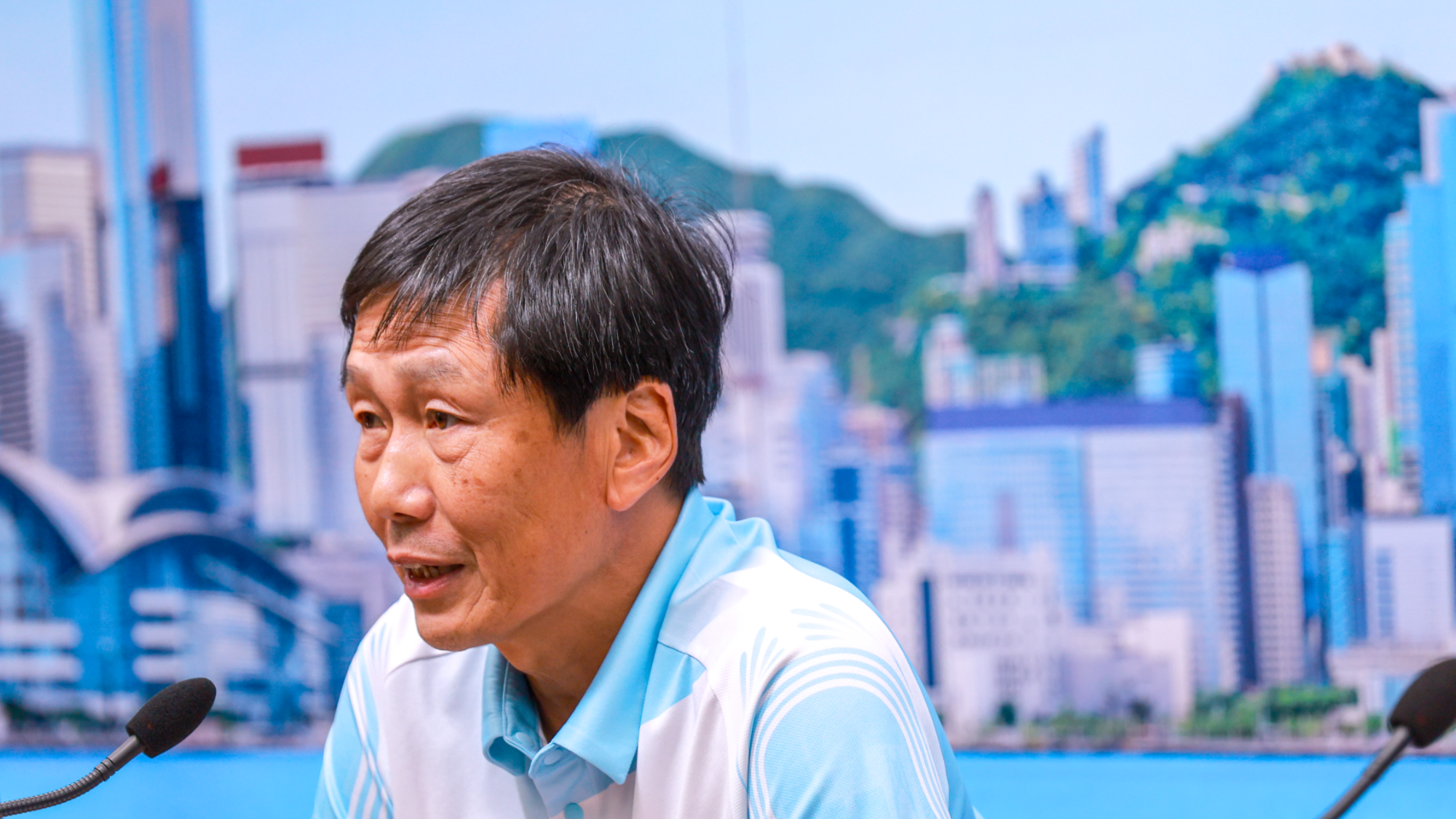
Hong Kong is set to showcase its landmarks — starting from the government headquarters in Tamar, and ending at Kai Tak Sports Park — in its torch relay for the 15th National Games, slated to take place on Sunday in tandem with Guangzhou, Shenzhen and Macao.
In a news conference held in Guangzhou, authorities announced that the official torch relay kickoff ceremony will take place at 9 am in Lianhua Hill Park in Shenzhen. At around 9:30 am, kickoff ceremonies will also be held in Hong Kong, Macao, and Guangzhou, marking a simultaneous start to the torch relay in the four cities.
The torch relay will include 200 torchbearers, with each city providing 50 torchbearers covering a distance of 50 to 100 meters each. In Hong Kong, the torch relay will traverse both sides of Victoria Harbour, passing renowned landmarks such as Tamar Park, the waterfront at Central and Wan Chai, Golden Bauhinia Square, the Hong Kong Cultural Centre, and the Hong Kong Space Museum. The relay route spans about 10 kilometers and will take about two hours to complete, with ferries and open-top buses operating along parts of the route.
READ MORE: National Games tickets go on sale Aug 28
The torch relay routes in Macao, Guangzhou, and Shenzhen will also showcase each city's distinct features, linking iconic landmarks, while highlighting both historical and modern cultural elements. For instance, in Macao, the torch relay will run along the Macao Peninsula, spanning about 2.6 km. It will traverse popular tourist areas like Avenida da Praia Grande before ending at the historic site of the Ruins of St. Paul's.
Following the relay, representatives from the four cities will return the flame to Guangzhou. On the same day, a ceremony will be held at 5 pm at the Guangdong Olympic Sports Center, where the sacred flame will be used during the opening of the Games on Nov 9 for relays and to ignite the main cauldron.
Advanced technologies such as smart robots, autonomous vehicles and drones, will be used throughout the torch relay.
During a separate news conference in Hong Kong on Monday afternoon, Yeung Tak-keung, head of the National Games Coordination Office (Hong Kong), said that the torch relay route aims to showcase the “best sights of Hong Kong” to a global audience. This includes the city’s cultural and sporting highlights, its reputation as a hub for international mega events, and its modern architectural marvels, like the Financial Centre. The route will connect both sides of Victoria Harbour using traditional ferries, emphasizing Hong Kong's unique blend of traditions and modernity. And the endpoint at the newly opened Kai Tak Sports Park signifies a new era in Hong Kong's sports development, Yeung said.
He also disclosed that Hong Kong will feature 50 torchbearers, with eight nominated by the committee of the Games, and 42 nominated by various local institutions. Among these nominees, half represent the sports sector, 30 percent come from sponsoring organizations, while the rest include representatives of volunteers, youth, individuals with disabilities, and ethnic minorities.
Yeung said that there are ample viewing spots such as those along the Central to Wan Chai waterfront, Tamar Park and other areas, welcoming residents to come and observe along the route while reminding everyone to follow directions from on-site staff.
During the news conference, representatives from the Hong Kong Police Force and Transport Department provided updates on Sunday’s traffic control and public transport adjustments. Road closures will begin in areas that include the northern part of Hong Kong Island, West Kowloon, and Kai Tak Sports Park early that morning, which will also affect buses, green minibuses, and ferries in related area. Authorities advised residents to stay informed through notifications from the Transport Department and transportation operators.
READ MORE: HK press center for National Games opens
On Sunday, the Hong Kong Immigration Department has introduced specialized facial recognition gates to an estimated 5,000 participants of the Games — including athletes and employees — to clear immigration in about seven seconds, without the need to present physical documents.
This marked the first time Hong Kong has fully adopted facial recognition technology for border clearance. This initiative has come with 16 exclusive self-service channels across four key ports; namely, the Hong Kong International Airport, the West Kowloon High-Speed Rail Station, the Hong Kong-Zhuhai-Macao Bridge, and Shenzhen Bay Port.
Stacy Shi contributed to the story.
Contact the writer at amberwu@chinadailyhk.com



